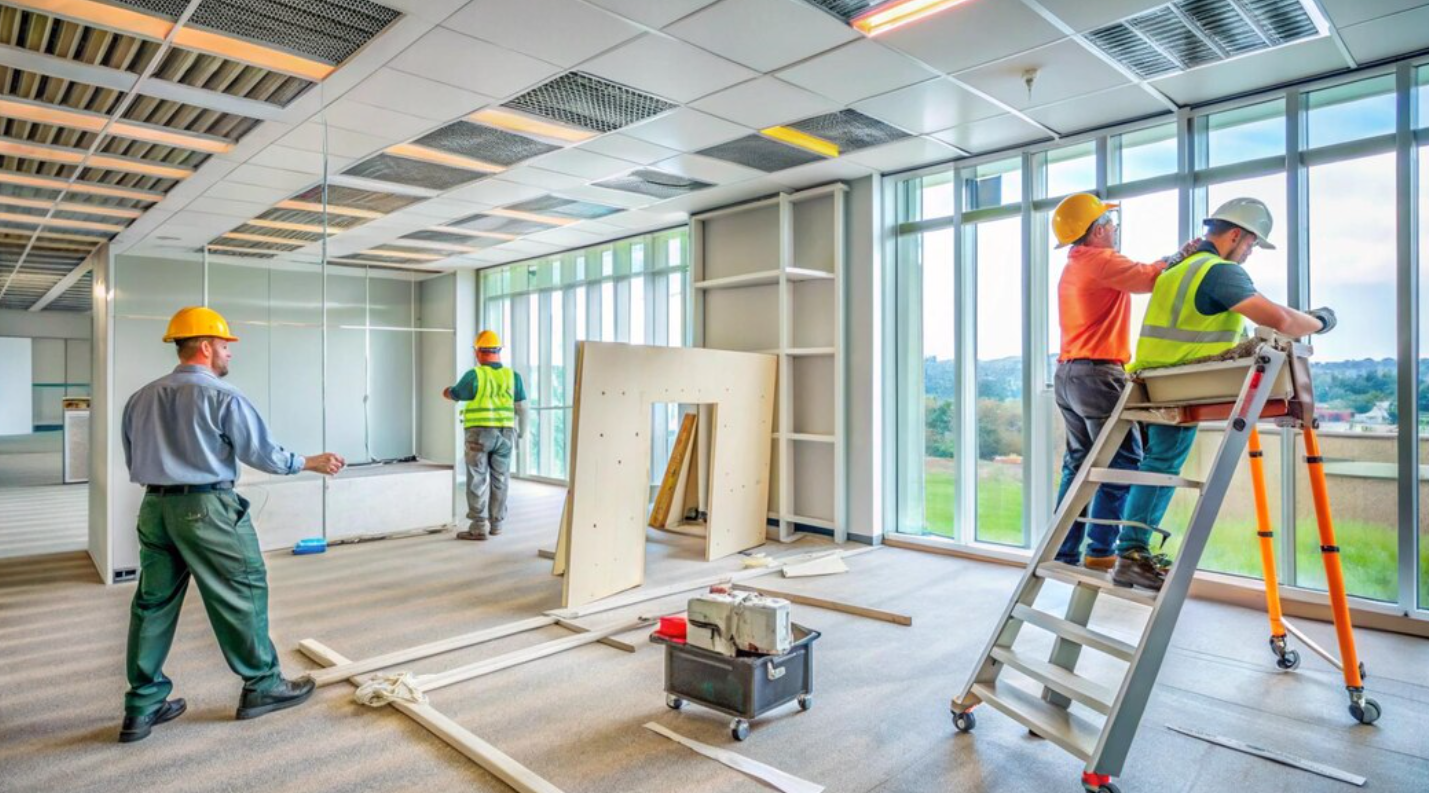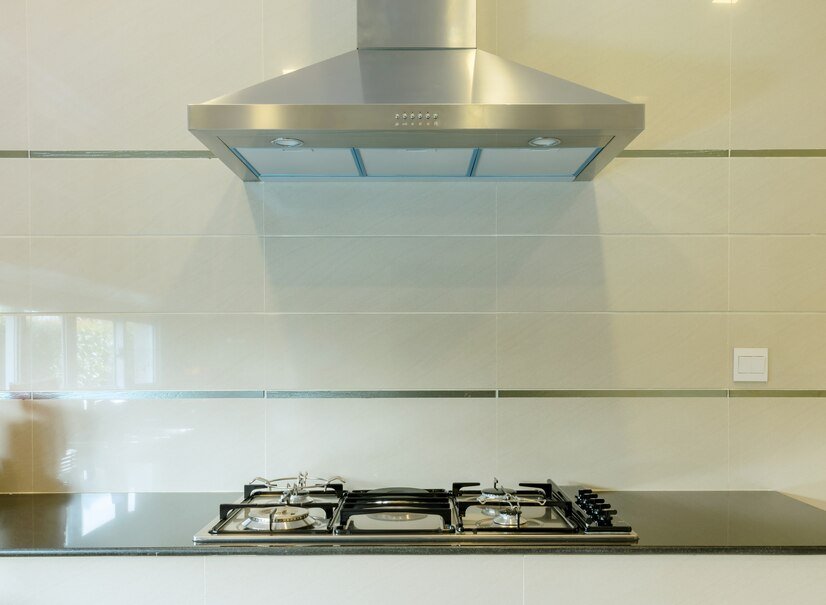Singapore is rapidly transforming its office landscape. Many companies are therefore giving up the old cubicles to include more collaborative spaces. So, it goes without saying that this trend reflects a larger commercial trend in interior design in teamwork, creativity, and even enjoyment at work. So, this blog will dabble into why these are happening, the benefits of collaborative spaces, and how these trends are going to shape the future of work in Singapore. Get your commercial interior design Singapore today.
The Rise of Collaborative Spaces
Collaborative spaces focus on teamwork and open communication. Unlike cubicles that separate employees, these areas encourage interaction and collaboration. This approach, furthermore, aligns with modern work culture, which values flexibility and innovation.
- Open Layouts: Many offices now feature open layouts that break down barriers between employees. This design, consequently, promotes better communication and teamwork.
- Flexible Work Areas: Instead of fixed desks, companies incorporate flexible work areas. These spaces can easily adapt to suit different tasks and team sizes.
Why Are Companies Making This Shift?
Several factors drive Singapore offices to embrace collaborative spaces. Companies recognize the need to adapt to new work trends, improve productivity, and attract top talent.
- Enhanced Communication
One of the major reasons to integrate collaborative spaces is to facilitate communication among members.
. Building Interaction: The open spaces encourage employees to interact, which increases information exchange and idea generation.
- Quick Problem Solving: Additionally, teams can address issues more rapidly when they can easily discuss ideas and solutions in real time.
- Boosting Creativity
Collaboration often sparks creativity. By working together in an open environment, employees exchange diverse ideas and perspectives.
- Brainstorming Sessions: Companies can host brainstorming sessions more effectively in collaborative spaces. As a result, innovative ideas flourish.
- Cross-Department Collaboration: Moreover, these spaces allow employees from different departments to work together, leading to unique solutions and insights.
- Increased Employee Satisfaction
Employee happiness plays a vital role in productivity. When employees feel comfortable and valued, they tend to perform better.
- Comfortable Environment: Collaborative spaces often feature cozy furniture and inviting designs. This comfort, therefore, helps create a pleasant atmosphere.
- Work-Life Balance: Furthermore, these spaces support a healthy work-life balance, allowing employees to choose how and where they work best.
Key Features of Collaborative Spaces
To understand why Singapore offices are shifting toward collaborative spaces, it’s essential to explore their key features. These elements make such environments attractive and functional for modern work.
- Open Areas
Open areas serve as the heart of collaborative spaces. These zones foster interaction among employees, encouraging teamwork and communication.
- Flexible Seating: Instead of assigned desks, open areas often include flexible seating options. Employees can choose where to work based on their tasks and preferences.
- Common Areas: Moreover, common areas such as lounges and coffee stations promote casual conversations, further enhancing collaboration.
- Technology Integration
Technology plays a crucial role in modern collaborative spaces. With the right tools, teams can work more efficiently and effectively.
- Collaborative Tools: Many offices now use digital tools that support teamwork, such as project management software and video conferencing systems.
- Interactive Boards: Additionally, interactive boards allow teams to brainstorm and share ideas visually, making meetings more engaging and productive.
- Design Aesthetics
The aesthetic appeal of collaborative spaces cannot be overlooked. A well-designed environment contributes to employee satisfaction and creativity.
- Natural Light: Many offices incorporate large windows to let in natural light. This feature, therefore, brightens the space and boosts employee morale.
- Greenery: Adding plants and greenery enhances the atmosphere, creating a refreshing and calming environment for employees.
The Impact of Collaborative Spaces on Productivity
The shift towards collaborative spaces positively affects employee productivity. By fostering teamwork and creativity, these environments help teams perform at their best.
- Improved Focus
While open spaces promote collaboration, they can also support individual focus. Companies design areas where employees can concentrate when they need quiet time.
- Quiet Zones: Many offices include quiet zones or soundproof rooms for employees to work without distractions. This balance, therefore, between collaboration and focus is crucial for productivity.
- Breakout Areas: Additionally, breakout areas allow teams to step away from their desks and recharge, ultimately enhancing overall focus.
- Enhanced Team Dynamics
Collaborative spaces strengthen team dynamics. When employees work closely together, they build trust and understanding.
- Team Building: Regular interactions help develop stronger relationships among team members. As a result, teams become more cohesive and effective.
- Supportive Environment: Furthermore, a collaborative atmosphere fosters support, making employees feel valued and appreciated.
- Adaptability to Change
The modern workplace is constantly evolving. Collaborative spaces allow companies to adapt quickly to changing demands and trends.
- Reconfigurable Designs: Many collaborative spaces feature furniture and layouts that can easily adjust. This flexibility enables teams to adapt their work environment to meet new challenges.
- Future-Proofing: By embracing collaboration, companies can stay ahead of trends in office design and employee needs.
Examples of Collaborative Spaces in Singapore
Several companies in Singapore have already embraced the trend of collaborative spaces, with an office renovation company showcasing innovative designs that enhance teamwork and creativity. These Singapore office design trends have been so popular that they’ve contributed to an increase in happy employees.
- Tech Startups
Many tech startups in Singapore design their offices with collaboration in mind.
- Open Layouts: These companies often use open layouts that foster communication among teams, making it easy to share ideas and work together.
- Creative Meeting Rooms: Additionally, they create unique meeting rooms with playful themes that inspire creativity and brainstorming.
- Large Corporations
Even large corporations recognize the benefits of collaborative spaces.
- Mixed-Use Areas: Many corporations incorporate mixed-use areas that combine workspaces with relaxation zones. This design encourages breaks and informal conversations.
- Event Spaces: Moreover, some companies build event spaces for team-building activities and workshops, enhancing collaboration across the organization.
- Co-Working Spaces
Co-working spaces have gained popularity in Singapore, offering collaborative environments for freelancers and startups.
- Community Focus: These spaces often focus on building a community, encouraging networking and collaboration among diverse professionals.
- Shared Resources: Additionally, co-working spaces provide shared resources, such as meeting rooms and equipment, fostering a sense of teamwork.
Conclusion
Offices in Singapore have deserted the cubicles for a collaborative space instead. In turn, this reflects commitment to fine-tuning communication, giving a boost to creative work, and hence, more employee satisfaction. Offices, especially collaborative ones, will play a massive role in an effort to form the future of designing an office in Singapore as companies move towards a new work trend. Involving collaboration, organizations can create invigorating and inspiring work environments that empower them.
Read Also – How to Avoid a Bad Contractor Choice Next Door



